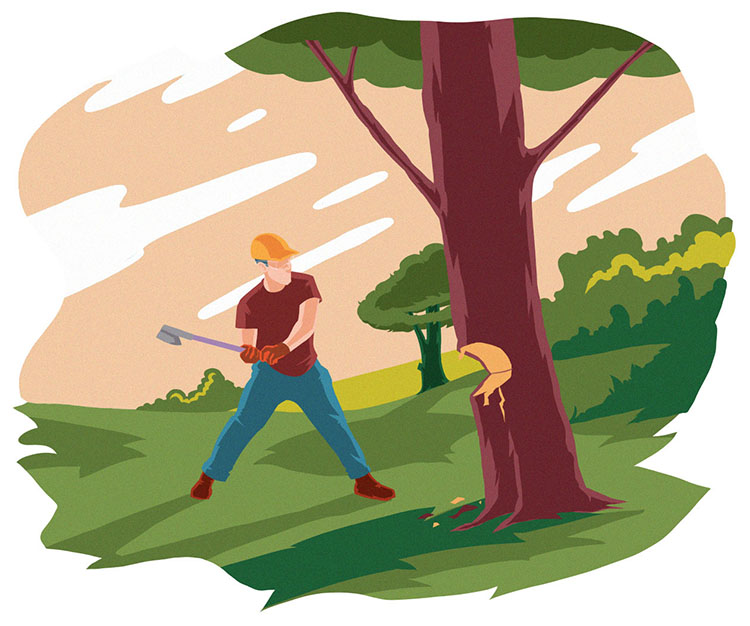Tree Value

What drives the value of a tree?
The value of a tree depends upon many factors some of which we’ve listed below:
- The species – a Black Walnut SHOULD be more valuable than a Sitka Spruce.
- The grade – this is driven by the log length and diameter, and the presence and size of knots.
- The overall length and diameter – e.g. long lengths of oak logs suitable for beams.
- The shape – for example a curved piece of oak will command a high premium for use in a truss.
- Provenance – the age of the tree and any relevant history. For example, a 170 year old oak from Windsor Great Park that may have overheard Queen Victoria and Prince Albert whispering sweet nothings may command a higher price than a similar tree from Mrs Smith’s garden.
- The presence of defects such as shake, woodworm, disease, woodpecker and beetle damage may limit the value. However, note that fungi can enhance grain patterns and lead to increased value!
- The grain pattern (see grain patterns).
- The volume of wastage through sawing (see sawing).
- Uniformity – is the position of the heartwood central throughout?
- The thickness of sap and bark.
- The local demand for firewood (logs, pellets and briquettes).
Finally, remember value is often driven by the demands of a particular customer. A cabinet make maybe looking for a relatively small quantity of timber with a particular grain pattern and will be willing to pay more than a builder looking for segments to build a door frame. So, look around the site and see what people are looking for before you start sawing!




